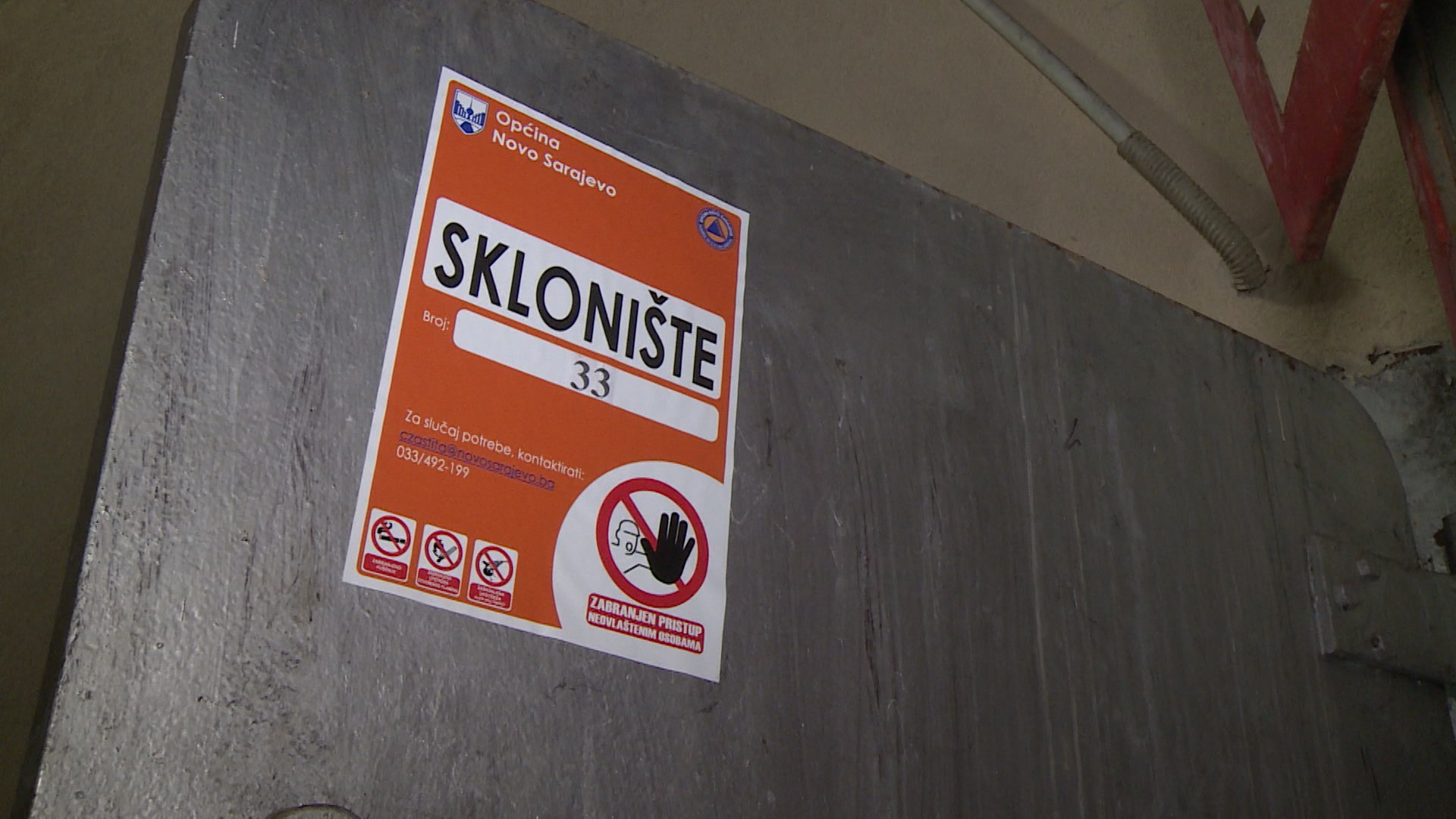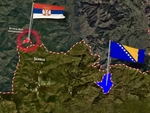Bosnia's Federation entity has 14,808 shelters

The Federation of Bosnia and Herzegovina (FBiH) entity is equipped with 14,808 shelters and 17,164 refuges designed to provide protection in the event of radioactive clouds, chemical spills, or other hazardous materials from industrial facilities, warehouses, and similar sources.
Oglas
According to data from the FBiH Civil Protection Administration, the distribution of shelters and refuges across cantons is as follows: the Una-Sana Canton has 23, Posavina Canton 258, Tuzla Canton 6,837, Zenica-Doboj Canton 1,003, Bosnia-Podrinje Canton 914, Central Bosnia Canton 1,204, Herzegovina-Neretva Canton 2,606, West Herzegovina Canton 361, Sarajevo Canton 1,108, and Canton 10 has 494.
The legal framework governing these facilities is outlined in the Law on Protection and Rescue of People and Material Goods from Natural and Other Disasters and the accompanying Regulation on the Criteria, Standards, and Method of Construction of Shelters and Refuges and Technical Standards for their Inspection. These regulations mandate that the owners and users of shelters are responsible for maintaining them in proper and functional condition.
Technical and control inspections of shelters, as well as the issuance of approvals for their use, fall under the jurisdiction of the competent authorities that approved their construction.
“Based on the control inspection, a report is prepared to determine the condition of the shelters, noting any deficiencies and setting deadlines for their rectification,” the FBiH Civil Protection Administration informed FENA.
A copy of the inspection report is forwarded to the cantonal civil protection administration and the municipal civil protection service for further action.
The FBiH Civil Protection Administration emphasized that the maintenance of shelters is managed by cantonal or municipal authorities responsible for spatial planning, alongside cantonal civil protection administrations and municipal or city civil protection services.
In line with the Regulation on the Organization and Functioning of Civil Protection Operational Centers, it is stipulated that when an alarm signal is issued, the relevant operational centre must immediately inform the public through local radio, television, or other appropriate channels. These notifications provide critical information on the nature of the threat, the affected areas, the movement of hazardous clouds, and the settlements at risk.
Kakvo je tvoje mišljenje o ovome?
Učestvuj u diskusiji ili pročitaj komentare
Oglas
Kakvo je tvoje mišljenje o ovome?
Učestvuj u diskusiji ili pročitaj komentare
Oglas
NAJČITANIJE
Oglas
Oglas
Najnovije
Oglas
Oglas





 Srbija
Srbija
 Hrvatska
Hrvatska
 Slovenija
Slovenija



























































